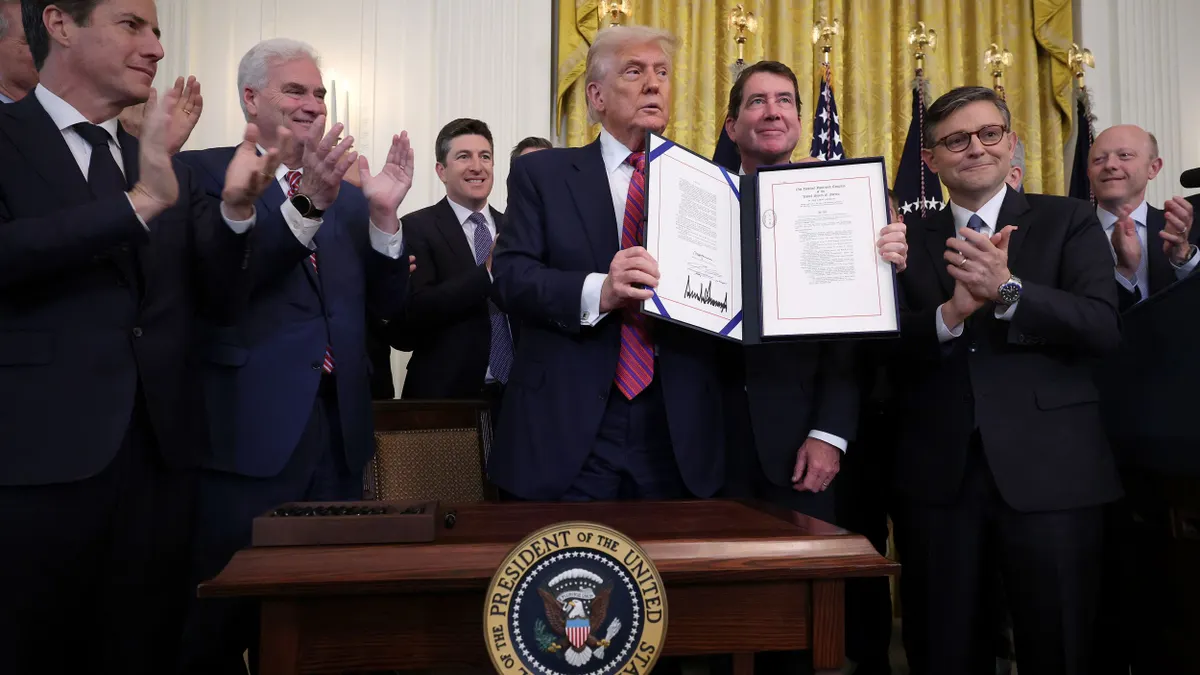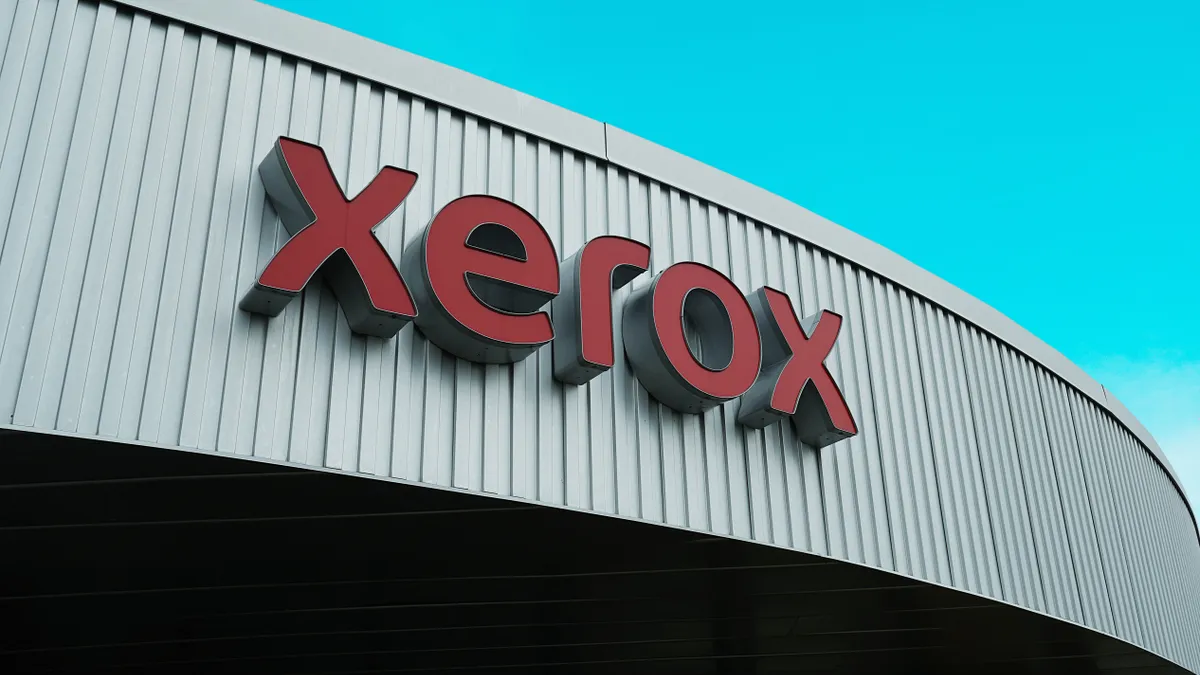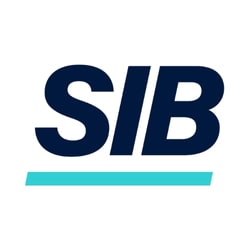Katalin Tischhauser is the head of investment research at Sygnum Bank, a global digital asset banking group based in Zurich, Switzerland. Views are the author’s own.
With both the GENIUS Act and the CLARITY Act now signed into law, the U.S. has established the clearest federal framework yet for dollar-backed stablecoins and digital asset markets.
For the first time, federal law explicitly recognizes these digital assets as legitimate financial instruments, opening the door for banks, fintechs, and potentially Fortune 500 companies to issue or integrate stablecoins into their operations.
But for CFOs, the question is: now what?
Will stablecoins evolve into essential rails for enterprise payments and treasury management? Or will they remain the domain of crypto traders and niche fintech apps?
As always, regulation is necessary, but not sufficient, for mass adoption. CFOs must now assess the tangible business benefits that justify incorporating stablecoins into their financial infrastructure.
The most compelling incentives are emerging from retail giants like Walmart and Amazon. If they launch their own stablecoins, the implications go far beyond faster checkout. It signals a fundamental rewiring of how money moves in modern commerce:
- Lower transaction costs: Retailers could bypass Visa and Mastercard, reducing credit card processing fees, which are typically around 2%–3%. For a low-margin business like Walmart, those savings directly impact the bottom line.
- Real-time settlement: Stablecoins offer instant finality, eliminating the “T+2 delays” that plague traditional payment networks. This can streamline supply chain payments, affiliate payouts and gig worker payroll.
- Customer relationship ownership: Utilizing a proprietary stablecoin enables companies to control user data and loyalty infrastructure, transforming payments into a channel for deeper customer insights and increased stickiness.
- Yield on reserves: Holding stablecoin float in short-term Treasurys, as permitted under GENIUS, opens the door to stable, low-risk returns. This shifts payments from a cost center into a potential profit driver, mirroring how firms like PayPal and Circle earn interest on idle funds.
These are not marginal gains. For large enterprises, they represent a strategic opportunity to turn financial plumbing into a competitive advantage. However, even with legislation in place, adoption will still require product-market fit, cross-functional alignment, and, crucially, a willingness to re-imagine how corporate funds are allocated.
Clear rules, institutional confidence
Numerous large banks and traditional financial institutions have already been exploring the integration of stablecoins for payments and settlements. Until now, they have operated in a regulatory gray area, hesitant to fully commit due to uncertainty. Now, with comprehensive federal legislation in place, those barriers are falling away.
Enterprises can finally move forward with confidence. Under the GENIUS Act, Stablecoin pilots can be launched with regulatory certainty, backed by a clear federal framework. Interest earned on reserves — when held in short-term Treasurys — is now explicitly permitted, aligning stablecoin treasury operations with those of licensed fintechs.
ERP and treasury system integrations no longer require navigating a patchwork of state-by-state licensing, thanks to federal preemption clauses embedded in the law. Federal licensing standards apply uniformly to large issuers, removing ambiguity around oversight and compliance obligations.
The GENIUS Act sets strict requirements, including 1:1 reserve backing in assets like U.S. dollars or short-term Treasurys, and would deputize stablecoin issuers as major purchasers of U.S. government debt. By holding large amounts of Treasury bills as reserves, stablecoin issuers could evolve from fintech upstarts into key players in the U.S. economy.
The CLARITY Act, passed in tandem with the GENIUS Act, resolves longstanding ambiguity over whether digital assets are securities or commodities. For enterprise users, this clarity reduces legal risk when integrating blockchain-based instruments into corporate workflows — from supply chain tokens to loyalty programs.
Of course, the U.S. isn’t operating in a vacuum. Europe’s Markets in Crypto-Assets Regulation, or MiCA, framework already imposes different requirements, like mandating 60% of reserves be held in banks. Critics argue this could introduce new risks, as banks may not be able to meet redemptions during stress events.
In contrast, the U.S. approach emphasizes short-term Treasurys and cash equivalents. Despite MiCA being generally more restrictive than the GENIUS Act, past experience shows that stablecoins with Treasury backing have been more resilient. The GENIUS Act also explicitly allows for bank settlement via stablecoins, potentially integrating them more directly into national payment infrastructure.
A trillion-dollar market?
While some analysts predict that stablecoin circulation could reach $2 trillion by 2028, Sygnum Bank’s recent Crypto Market Outlook emphasizes that growth in retail use of stablecoins will require incentives. Stablecoin use in settlements may primarily be restricted to private or permissioned networks and may generate little if any fees for public blockchain protocols.
Stablecoins already play a foundational role in crypto markets and decentralized finance, and are steadily gaining adoption in cross border remittances and in emerging markets with weak and fast inflating local currencies. But their next chapter — as programmable dollars within mainstream financial workflows — will require measurable incentives, institutional-grade infrastructure and the confidence of enterprise users.
With the GENIUS and CLARITY Acts now enacted, the regulatory foundation is no longer theoretical. Financial leaders now face a clear choice: continue waiting on the sidelines, or proactively evaluate stablecoins and blockchain rails as integral parts of their treasury stack.



















